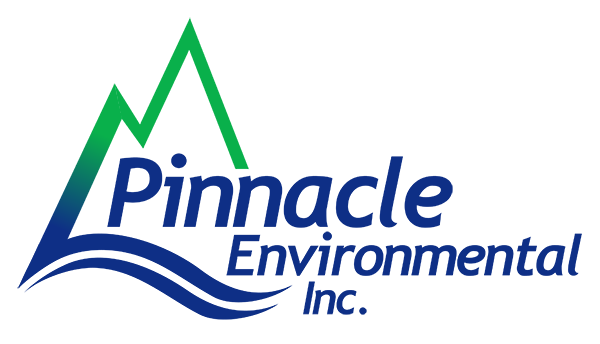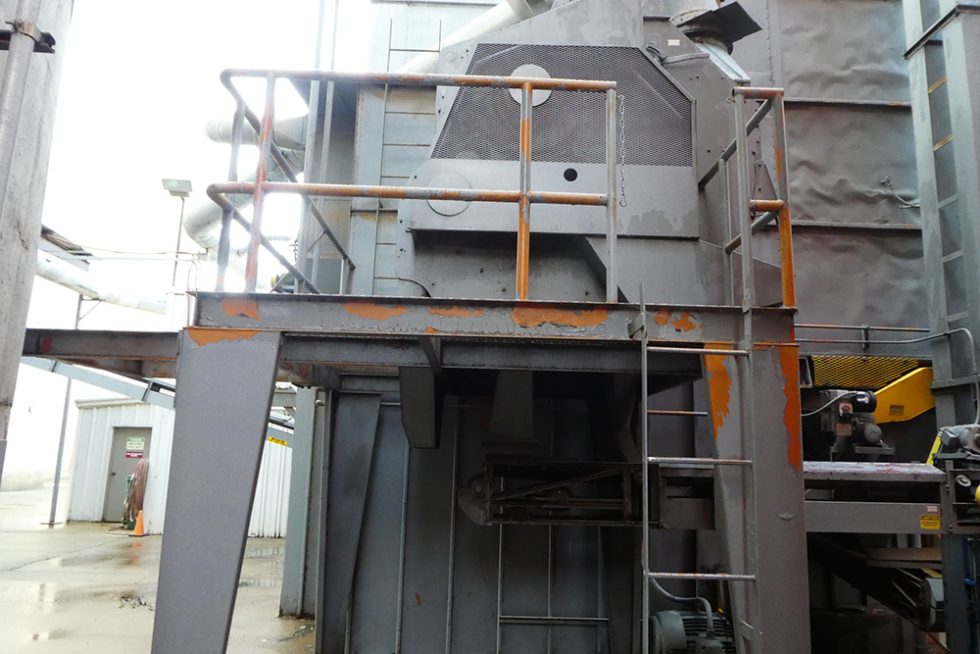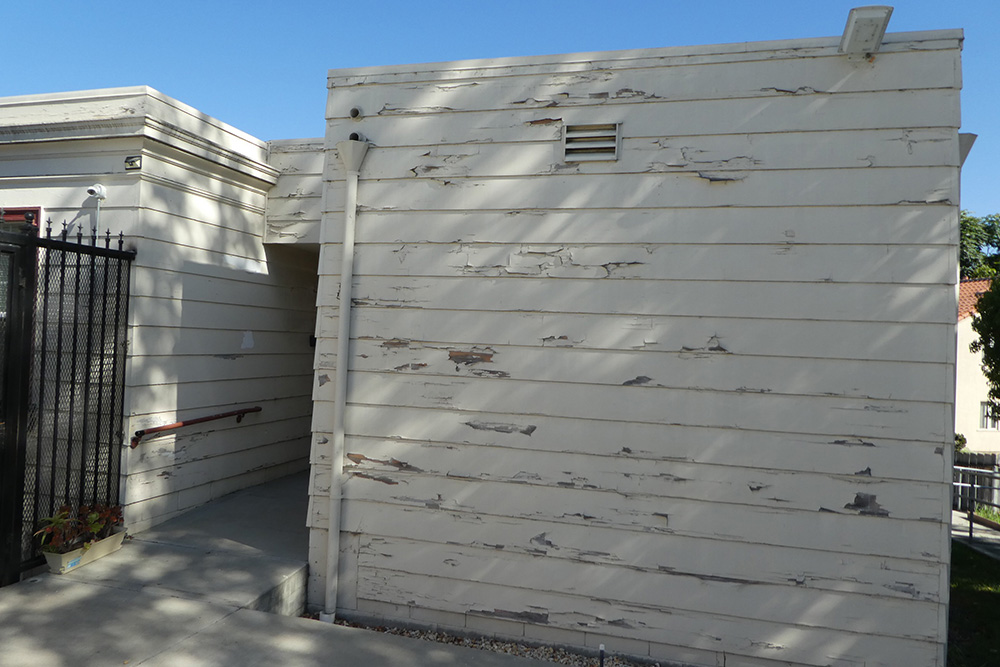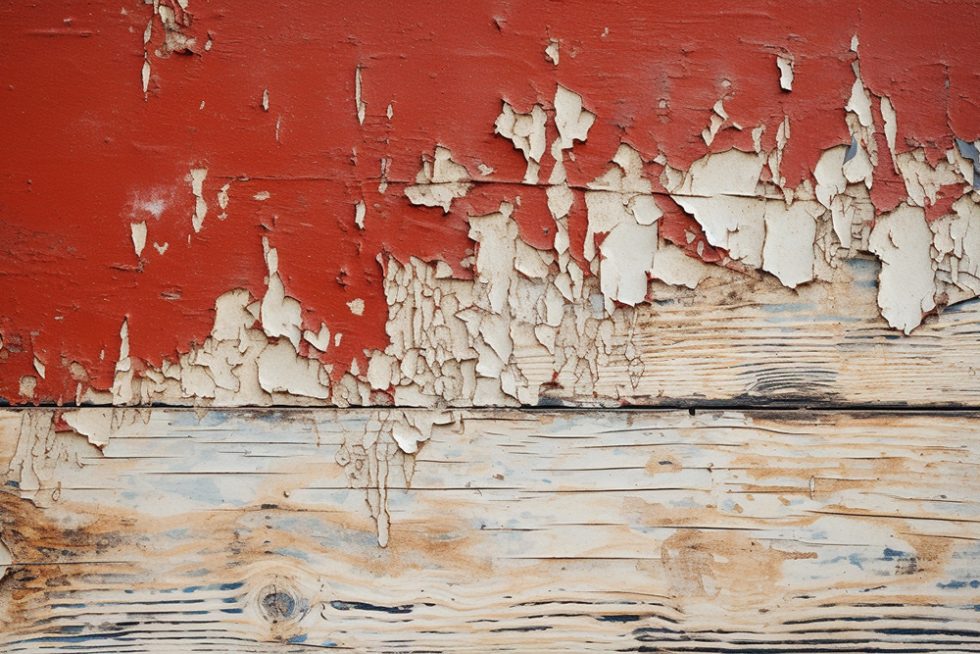Lead-based Paint Testing and Abatement
Lead-based Paint (LBP) Testing and Abatement
Lead-based paint (LBP) was commonly used in homes and buildings until it was banned in the United States in 1978 due to health risks associated with lead exposure. However, many buildings constructed prior to this time may still have lead-based paint present, which can pose a serious health risk, especially to children and pregnant women. Lead-based paint (LBP) testing and abatement is aimed at identifying, managing, and safely removing lead-containing materials from buildings and structures.
Homeowners and building owners have an obligation to disclose any known information about the presence of lead-based paint in the property and manage lead-based paint in their buildings to safeguard the health and safety of occupants and workers.
How do you test for Lead-based Paint (LBP)?
Lead-based paint testing is a process of assessing whether a building contains lead-based paint. There are several methods commonly used to screen for lead-based paint in buildings, including:
-
- Risk assessment or Hazard screen: A risk assessment locates damaged paint on the property and assesses the extent of the deterioration. A risk assessment also tests soil outside, in the yard and around the foundation. A hazard screen is similar to a risk assessment but not as in-depth. If damaged paint is identified, a sampling protocol is prepared.
- X-ray Fluorescence (XRF): This is a widely used method for lead-based paint testing. It involves using a handheld XRF analyzer, which emits low-energy X-rays onto the painted surface. The X-rays cause the lead in the paint to emit fluorescent X-rays, which are then measured by the analyzer. This non-destructive method provides immediate results and can determine the presence and concentration of lead in the paint.
- Paint Chip Sampling: This method involves collecting small samples of painted surfaces from different areas of the building, including windows, doors, and walls. The paint chips are carefully collected using specialized tools, ensuring minimal disturbance. These samples are then sent to a certified laboratory for analysis. The lab conducts specific tests to identify the presence of lead in the paint samples and provides a detailed report of the lead content.
If lead-based paint is found, abatement (remediation) may be necessary to protect the health of occupants.
How do you abate LBP?
If lead-based paint is detected, abatement (remediation) may be necessary depending on the location and condition of the materials. Abatement (remediation) may involve covering the lead-based paint with a specially designed coating through a process called encapsulation or removing the paint. The general steps involved in the lead-based paint abatement process:
-
- Assessment and Planning: A certified lead professional will assess the affected areas and develop an abatement plan. This plan outlines the scope of work, methods to be used, necessary precautions, and safety measures.
- Containment and Preparation: Before starting the abatement process, the work area must be properly contained to prevent the spread of lead dust and debris. Heavy-duty plastic sheets and tape may be used to seal off the area. Floors, furniture, and other surfaces are covered with plastic or drop cloths to protect them.
- Wet Methods: Wet methods are used to minimize the generation of dust during the abatement process. Water or a specialized solution is applied to the painted surfaces to keep the dust from becoming airborne.
- Removal or Enclosure: Depending on the abatement plan, the lead-based paint may be removed or encapsulated. If removal is chosen, the paint is carefully scraped, sanded, or stripped using techniques that minimize the generation of dust. Specialized tools and equipment, such as HEPA vacuums, may be used to capture and contain lead debris.
- Cleanup and Disposal: After the paint removal process, the area is thoroughly cleaned using HEPA vacuums and wet methods to ensure that all lead dust and debris are properly removed. The collected waste, including paint chips and contaminated materials, is carefully bagged and disposed of following local regulations and guidelines.
- Clearance Testing: Once the abatement is completed, a certified lead professional conducts clearance testing. This involves collecting samples from the work area to ensure that lead levels are within acceptable limits and that the area is safe for occupancy.
Lead-based paint (LBP) testing and abatement should only be performed by trained professionals with specialized equipment and techniques to minimize the release of lead particles and dust and protect the health and safety of occupants and workers.
What are the environmental and health concerns associated with LBP?
Lead-based paint poses serious environmental and health concerns. The primary concern is the potential for lead exposure, which can have long-term health effects, especially in children and pregnant women. Lead is a toxic metal that can cause serious health problems, including:
-
- Developmental delays and learning disabilities in children
- Behavioral problems and decreased IQ in children
- Anemia
- High blood pressure
- Kidney damage
- Reproductive problems
- Damage to the nervous system
Lead can enter the body through inhalation of lead dust or ingestion of lead-contaminated paint chips or dust. Even small amounts of lead can be harmful, and prolonged exposure can have serious health consequences and environmental impacts.





